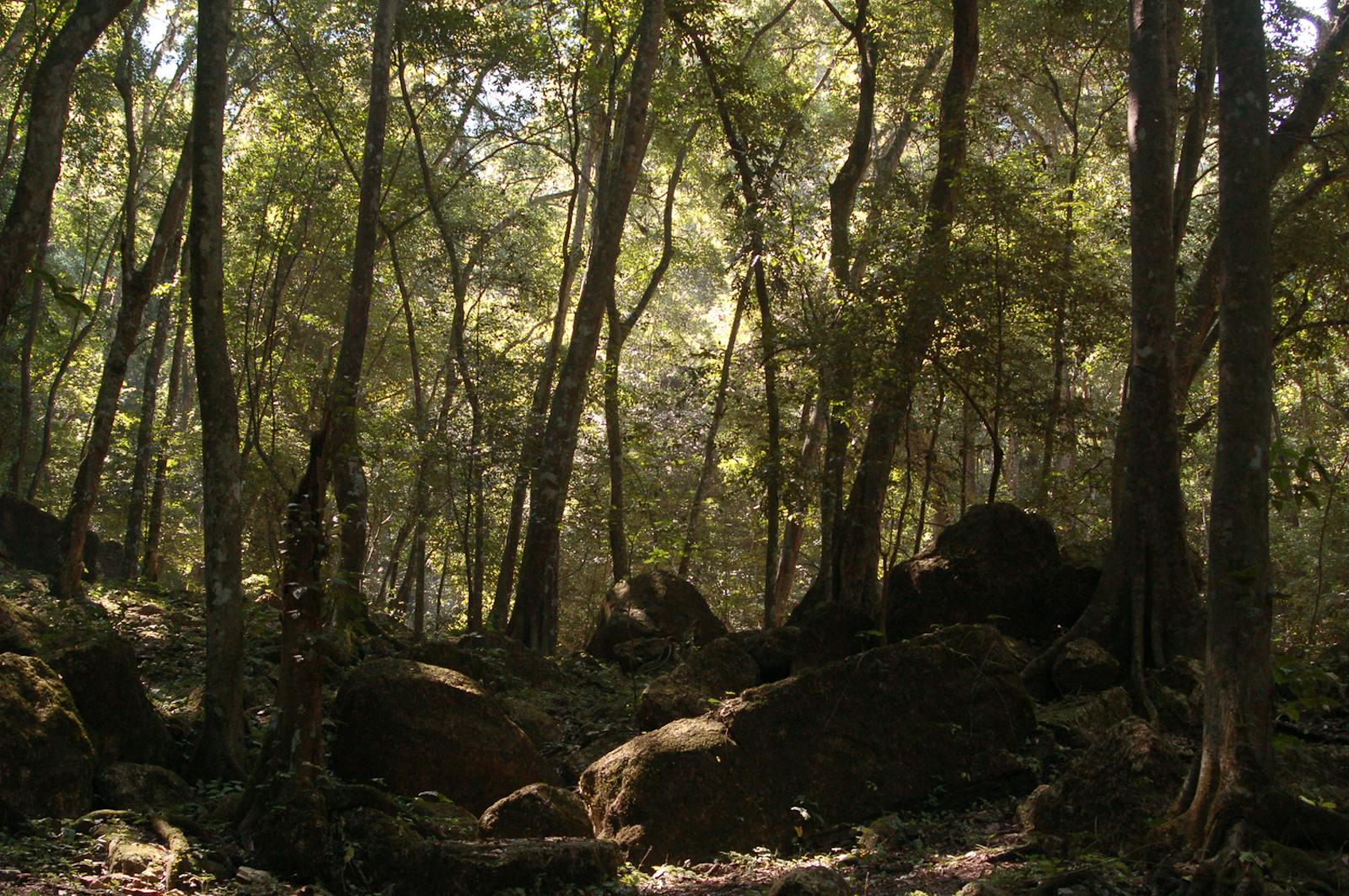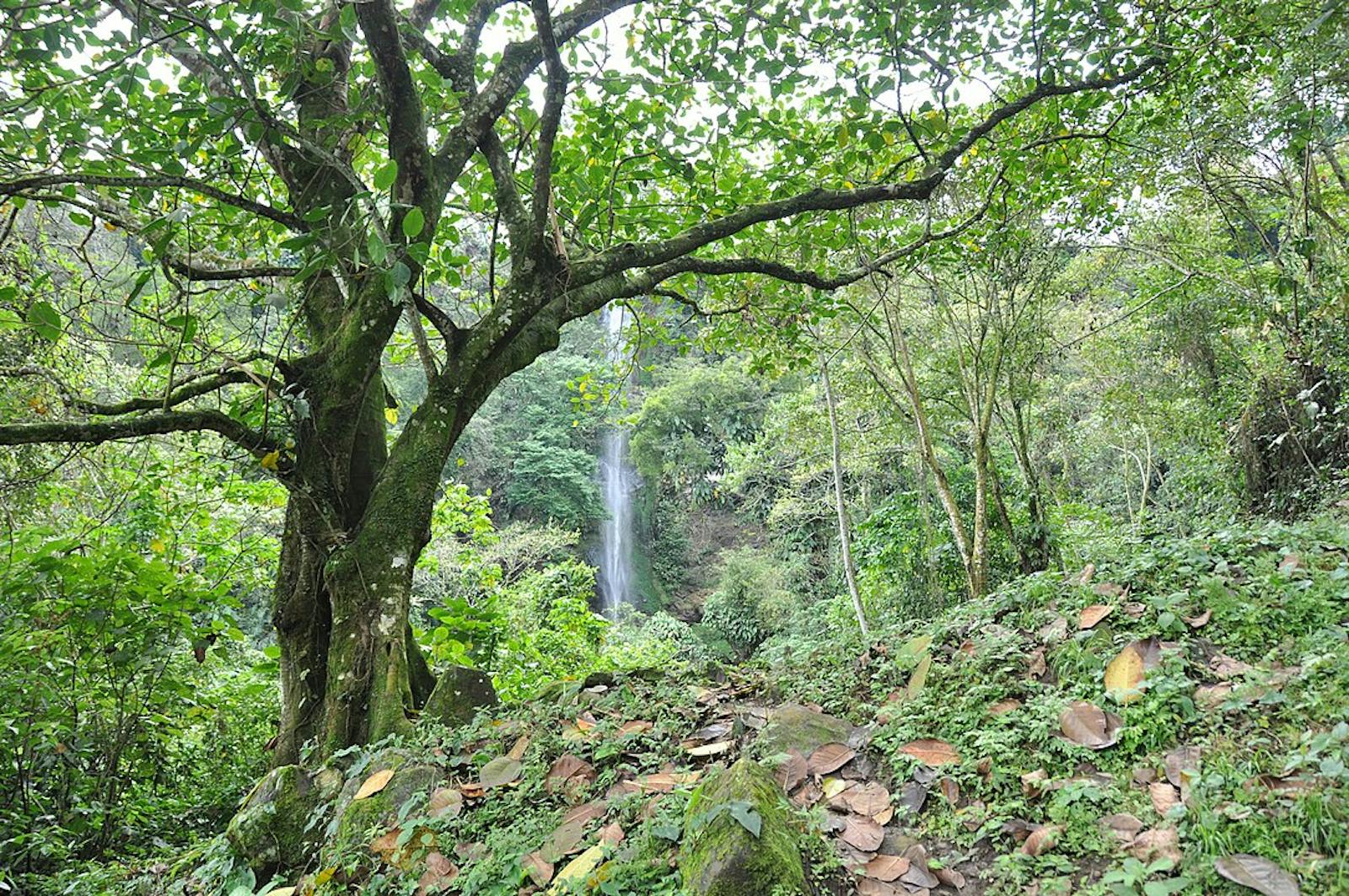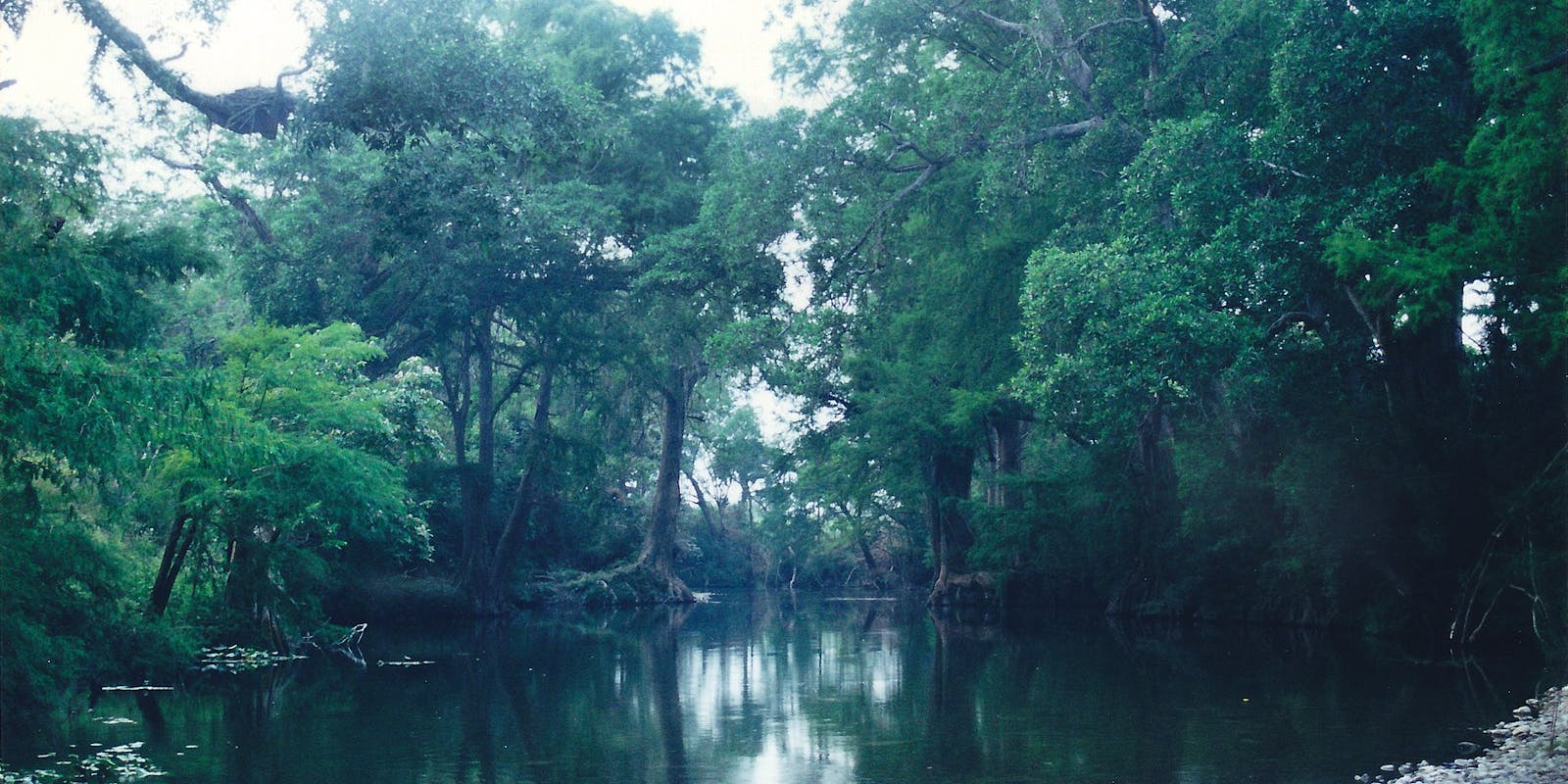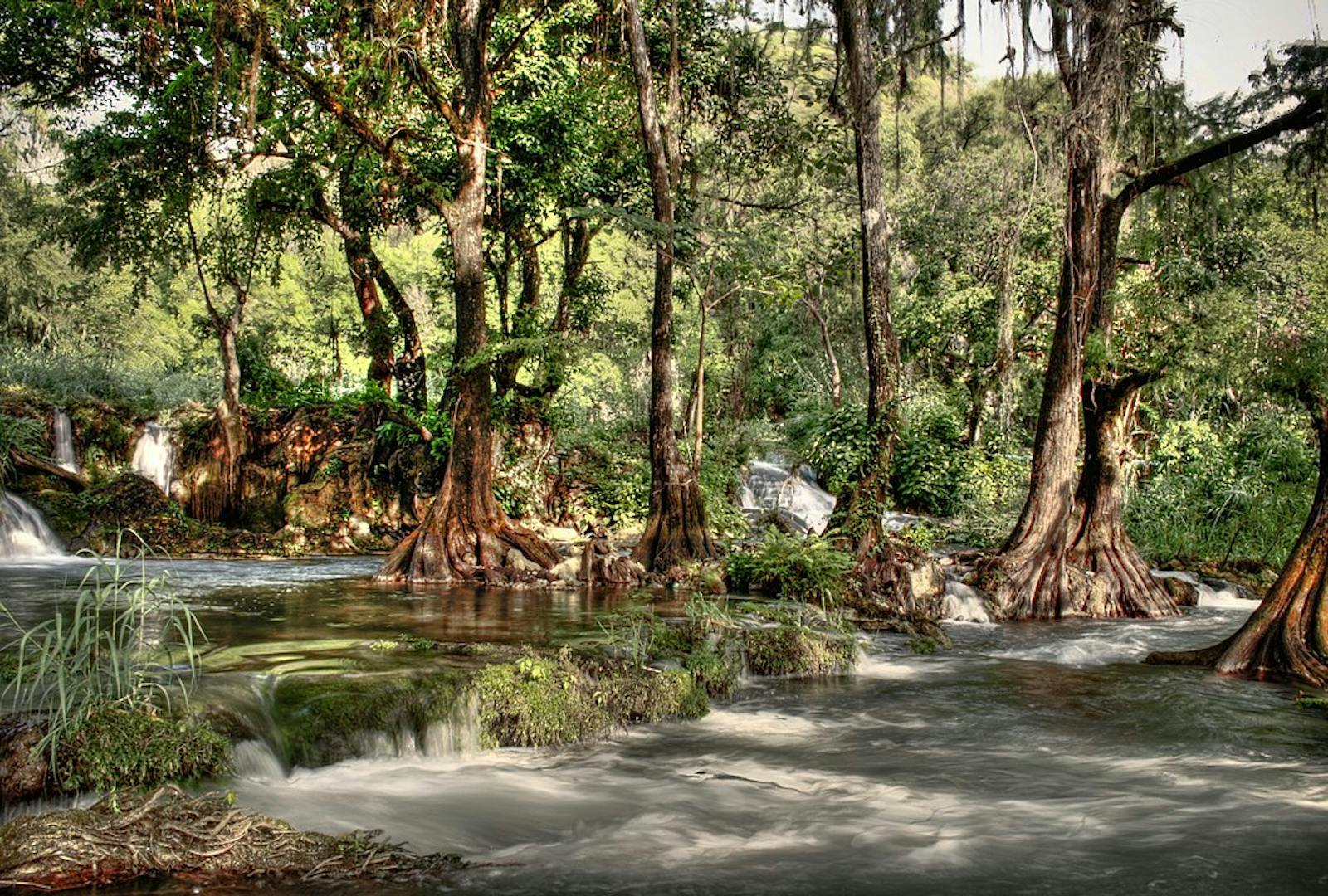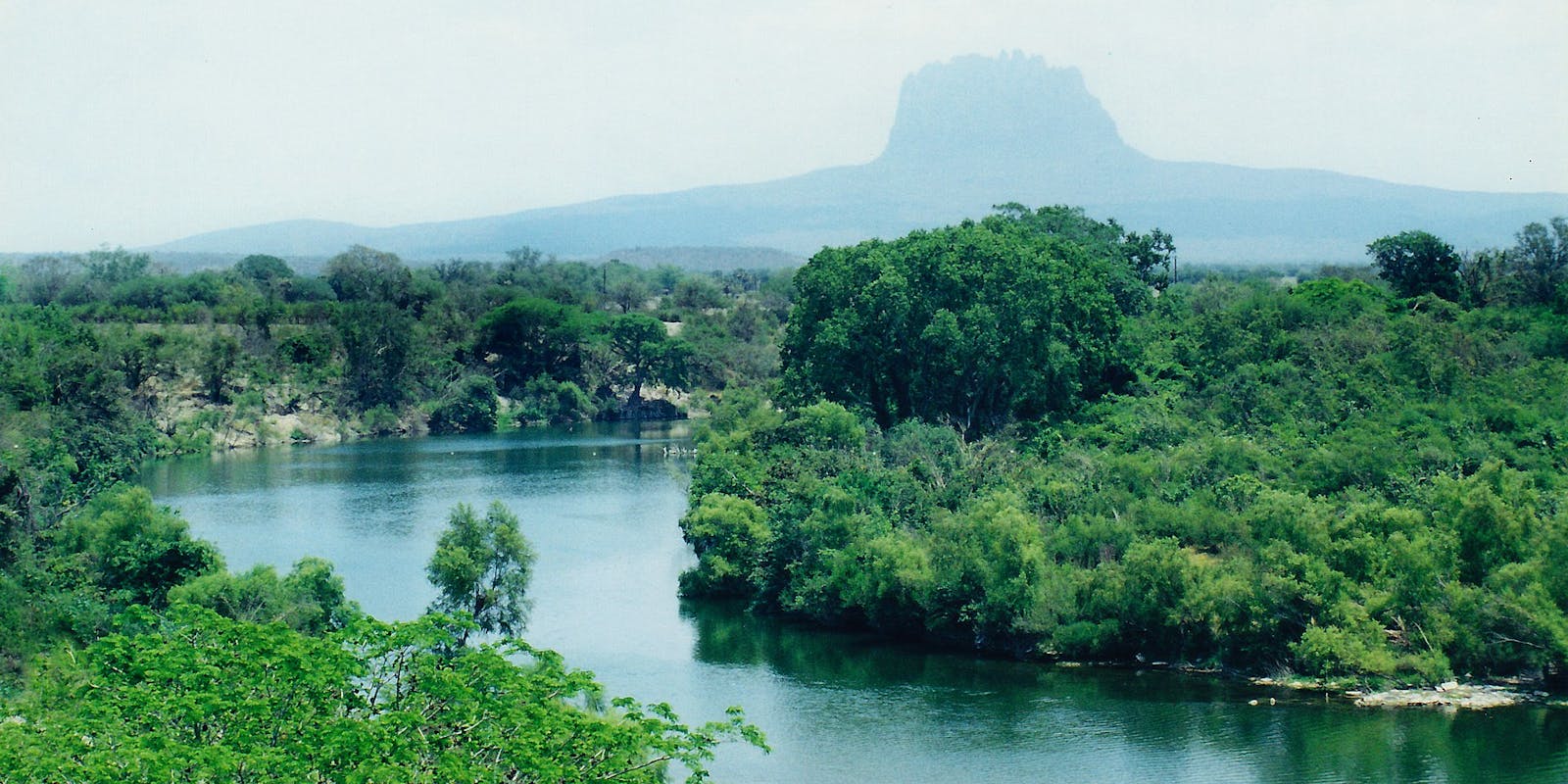Veracruz Moist Forests
The ecoregion’s land area is provided in units of 1,000 hectares. The protection goal is the Global Safety Net (GSN1) area for the given ecoregion. The protection level indicates the percentage of the GSN goal that is currently protected on a scale of 0-10.
Bioregion: Yucatan & Veracruz Mixed Forests (NT27)
Realm: Central America
Ecoregion Size (1000 ha):
6,928
Ecoregion ID:
514
Conservation Target:
28%
Protection Level:
3
States: Mexico
The endangered Marcella’s graceful brown snake is endemic to Mexico, and is found primarily within the Veracruz Moist Forest ecoregion. This snake prefers habitats among fallen tree trunks and under rocks. It feeds almost exclusively on salamanders burrowing under leaf litter, moss, small rocks, and branches. They are oviparous and presumably lay their eggs protected by the dense moist ground cover of the cloud forest.
.jpeg)
The flagship species of the Veracruz Moist Forests ecoregion is the Marcella’s graceful brown snake. Image credit: Creative Commons
This moist forest ecoregion is situated on the Gulf of Mexico’s northeastern coastal plain of Mexico, in the north of Veracruz and the south of Tamaulipas states. It is composed of sedimentary rocks from the cretaceous period, and the resulting soils are shallow but rich in organic matter. The climate is tropical humid, with rains during seven months of the year, reaching between 1,100 and 1,600 mm annually.
Only small areas of intact moist forest remain, concentrated along steep terrain where conversion for agriculture and pasture is difficult. These forests are characterized by tall trees reaching up to 30 m such as breadnut, sapodilla, rosadillo, and gumbo-limbo. In the southern portion of the ecoregion mahogany, Bernoullia flammea, and Astronium graveolens trees are also common. The understory vegetation is well developed with epiphytes (plants growing on others), lichen, and fungi.
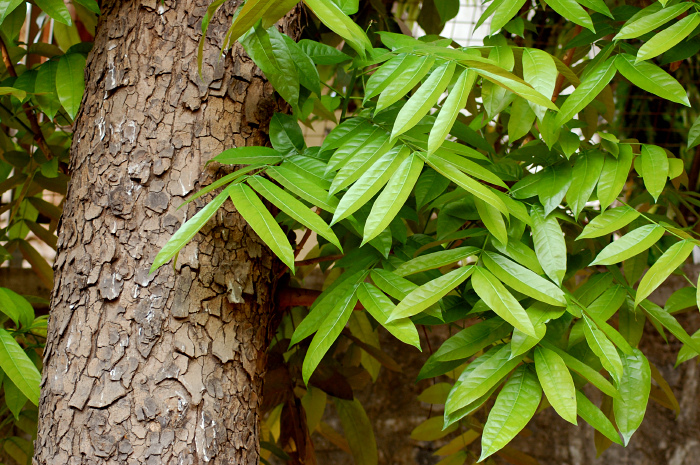
Big leaved Mahogany. Image credit: Jaye Shpatil, Creative Commons
The Veracruz Moist Forests ecoregion constitutes the northernmost portion of subhumid tropical vegetation in Mexico. It has been described as one of the richest faunistic regions in the western hemisphere. It is one of three regions with the highest insect richness and endemism. Birdlife International has included this area in its Endemic Bird Area (EBA) project, due to the rich endemic avifauna of the region including: green-cheeked amazon, Tamaulipas crow, Altamira yellowthroat, and crimson-collared grosbeak. Other endemics include two species of endangered rodent: the El Carrizo deer mouse and the Tamaulipan woodrat. Native mammals include ocelot, jaguarundi, coati, and jaguar.
Large portions of this forest have already been eliminated. At present, very little of the actual vegetation corresponds to the original plant associations. The moist forests are a series of patches scattered north to south from Tamaulipas to central Veracruz. This is largely attributed to the logging and cattle industries in the area. Vast portions of the forest have been logged in search for certain valuable wood species. Other areas of forest are removed by local farmers as they introduce cattle. Veracruz is one of the primary cattle farming entities of Mexico. Despite the importance of the region as a remnant of humid forest, El Cielo Biosphere Reserve in southern Tamaulipas is the only protected area that has been established.
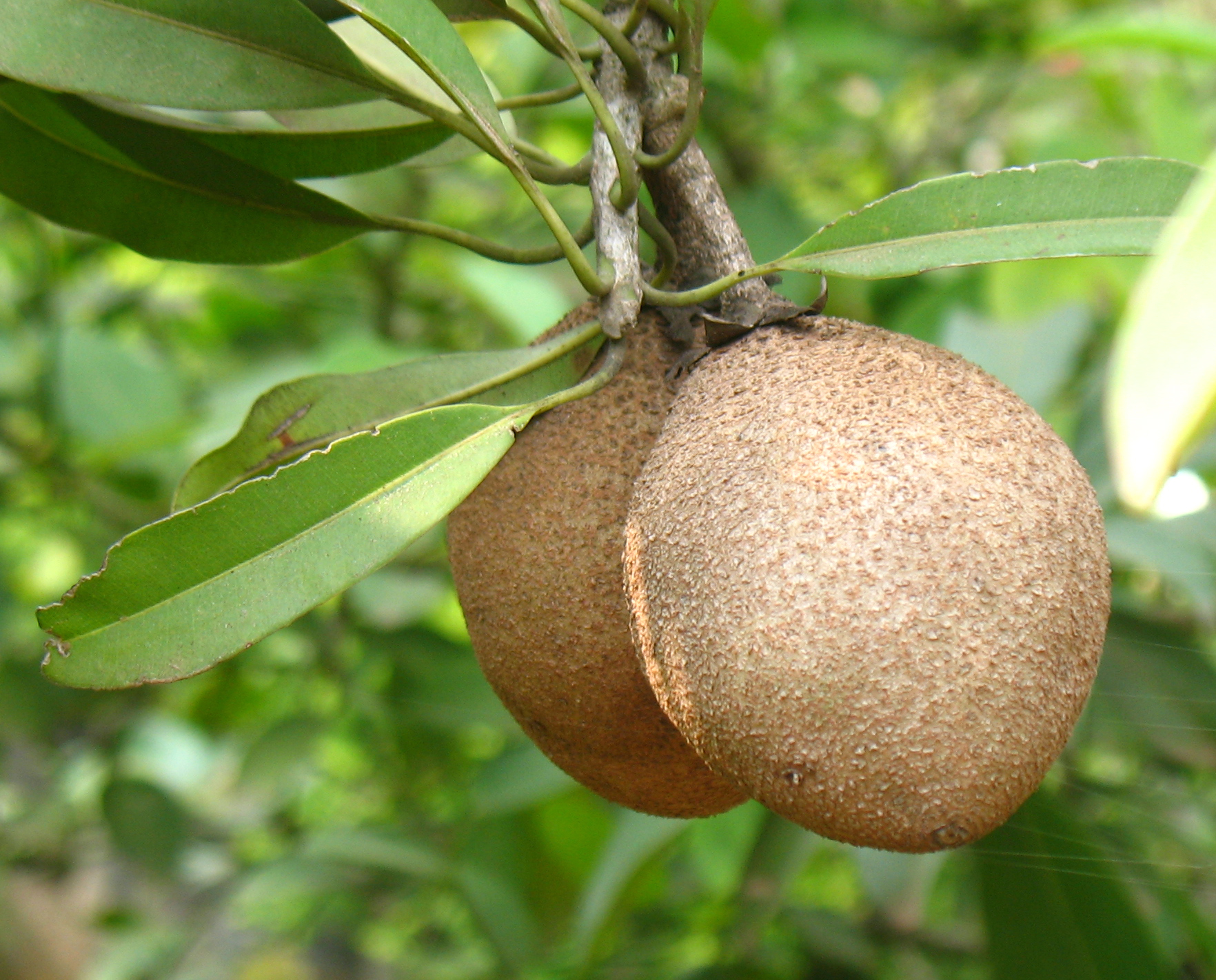
Manikara zapota. Image credit: Creative Commons
Remaining species and habitats are threatened by human activities and the resulting associated problems. Continued clearing of forest for timber, road construction, expansion of settlements, free roaming cattle, collection of fuelwood, orchids, and animals by local people, industrial development. and agricultural expansion. These threats bring consequences with them such as pollution from wastes, clearing of land, and alteration of vegetative structure due to gathering of more valuable plants. El Cielo Biosphere Reserve is also threatened even as the only protected area in the ecoregion; it lacks funding. Timber companies want permits to log the buffer zone. Cattle enter the forests to graze and people illegally gather plants and hunt animals for their personal subsistence and to sell.
The priority conservation actions for the next decade will be to: 1) allocate funds to adequately manage El Cielo Biosphere Reserve; 2) encourage sustainable timber harvesting programs; and 3) lead education workshops and outreach for integration of native vegetation into farming/cattle practices.
Citations
1. Valero, A. Schipper, J. Allnut, A. 2019. Veracruz moist forests https://www.worldwildlife.org/ecoregions/nt0176 Accessed May 24, 2019.
2. Valiente-Banuet, A., F.González-Medrano, and D. Piñero-Dalmau. 1995b. La vegetación selvática de la region de Gómez Farías, Tamaulipas, México. Acta Botánica Mexicana 33: 1-36.
3. Davis, S.D., V.H. Heywood, O. Herrera-MacBryde, J. Villa-Lobos and A.C. Hamilton. 1997. Centres of Plant Diversity: A Guide and Straregy for their Conservation: Volume 3, The Americas. IUCN Publications Unit, Cambridge, U.K.
